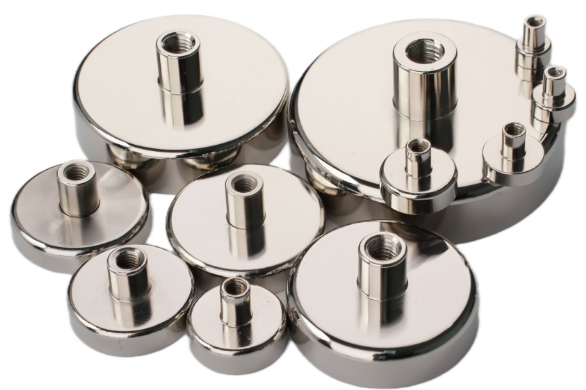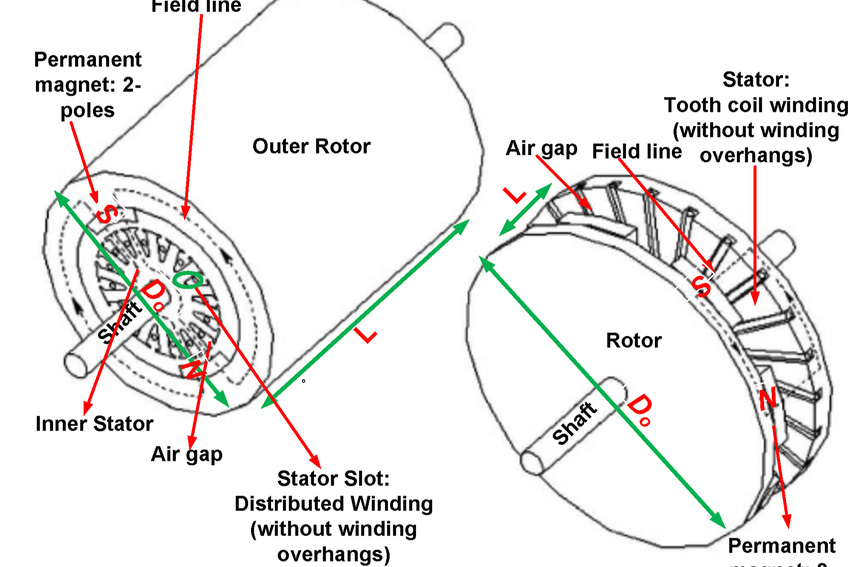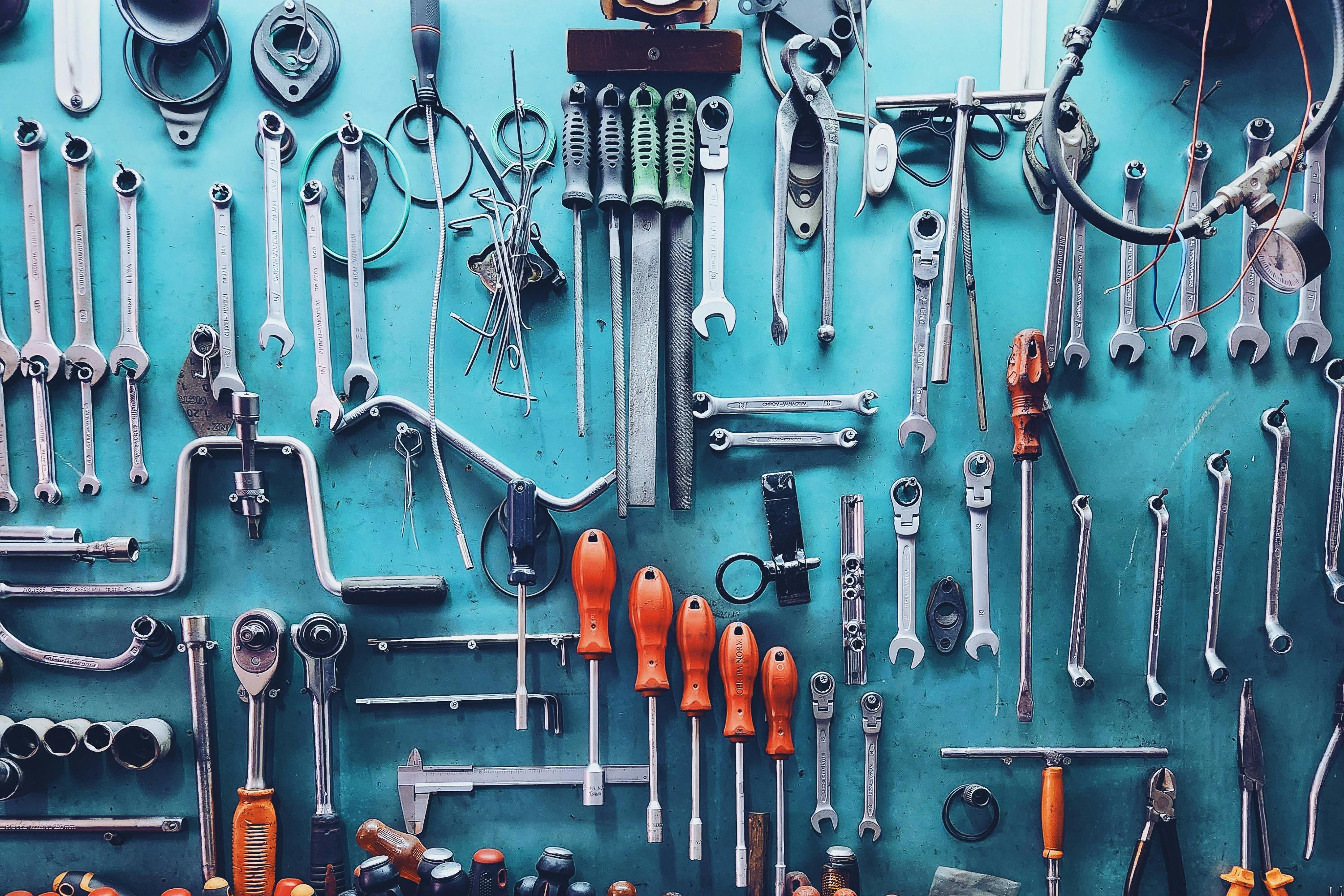Working Principle of a Wind Turbine and How to Make One
Today I need to discuss how wind turbines function. The point has come up a couple of times in discussions I've had with other do-it-yourselfers, and the response to that address is shockingly straightforward. The short reply to the inquiry is that a wind turbine works by catching wind vitality and transforming it into power. From that point, that power is sent by wire to your home, your carport, or your vitality stockpiling framework (generally batteries).
 Working Principle of a Wind Turbine
Working Principle of a Wind Turbine
As a general rule however, we can go much deeper than that without getting excessively convoluted; it's about the material science of catching the wind. To blanket the theme well we have to discuss two components. First and foremost we have to blanket how wind vitality is caught. From that point, we have to discuss how that motor vitality is transformed into usable power.
How a Wind Turbine Works - Capturing the Wind
To begin we have to blanket one straightforward thought. A wind turbine catches the forward power of the wind and after that uses that constraint to turn the sharpened pieces of steel. What's truly happening here is that we're taking the forward force of the wind, and transforming it into a sideways push to turn the sharpened pieces of steel. The razor-sharp edge configuration of your wind turbine is really what's dependable from this exchange of vitality. By utilizing a tilted or bent sharpened steel (generally both tilted and bent), the wind is redirected in such a path, to the point that the wind pushes it sideways and thusly turns the edge. We likewise need to discuss the tailpiece of your turbine. Without one the sideways drive pushed by the bend of your cutting edges might turn the whole turbine collect instead of simply the sharpened pieces of steel. While the wind pushes sideways on your edges to turn then, it's likewise streaming straightforwardly permitting the tailpiece which keeps the gathering confronting the wind and permits your sharpened pieces of steel to turn openly.

How Wind Turbines Work - Turning Wind Energy into Electricity
When we comprehend the nuts and bolts of how the wind pushes the power to turn the cutting edges, we additionally need to discuss how the power is generated. Behind the sharpened steel get-together is a magnet rotor, which is appended to a pole, which thusly is connected to your wind generator. In most private requisitions the wind generator is something as straightforward as a DC engine. If you comprehend the essentials of power, then you might realize that by turning magnets around a transmitter you handle power. This is the thing that a DC engine is. It comprises strong magnets that can pivot around a conductive focus. As your turbine edges turn in the wind the pole turns your magnets in your DC engine which handles usable power. This is how wind turbines work, and even though we've just investigated the physical science behind everything, you now have a superior understanding of how to catch the wind to power your home.
Conclusion
Thank you for reading our article and we hope it can help you to have a better understanding of the working principle of a wind turbine. If you want to buy magnet products, we advise you to visit Stanford Magnets for more information. As one of the leading magnets suppliers across the world, Stanford Magnets has more than two decades experience in the manufacture and sale of all kinds of magnet products, providing customers with high-quality rare earth permanent magnetic products such as neodymium magnets, and other non-rare earth permanent magnets at a very competitive price.















